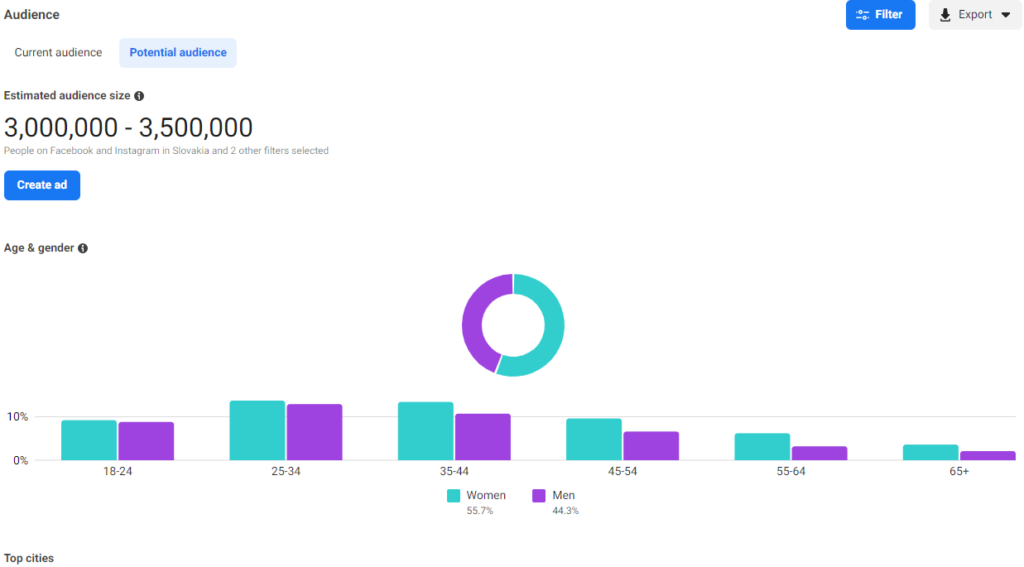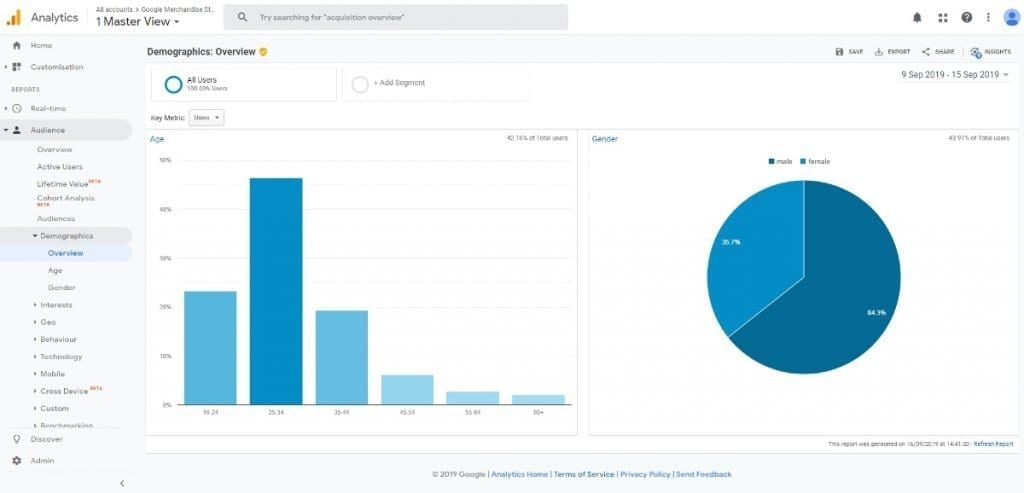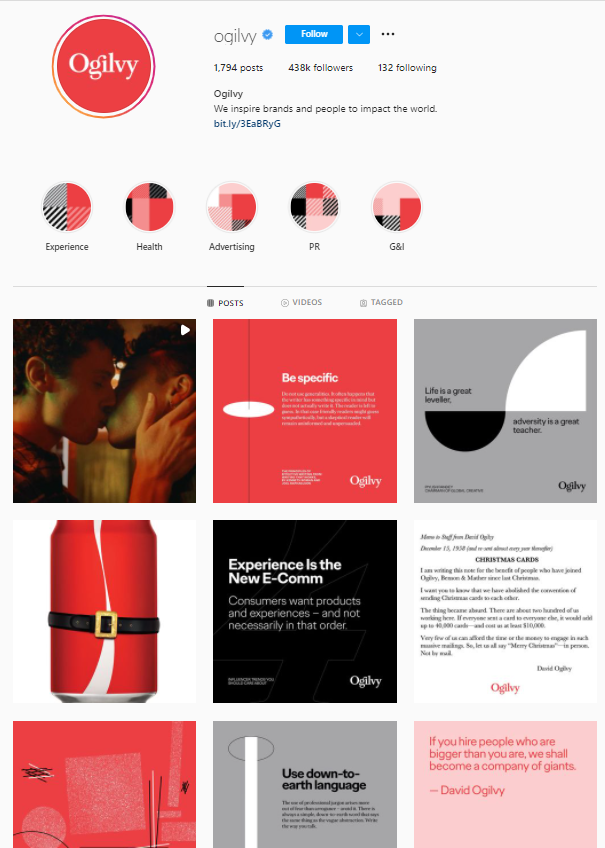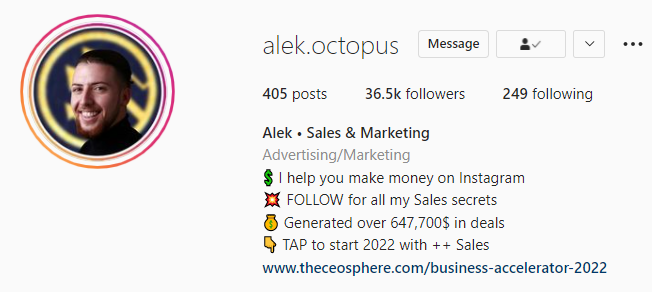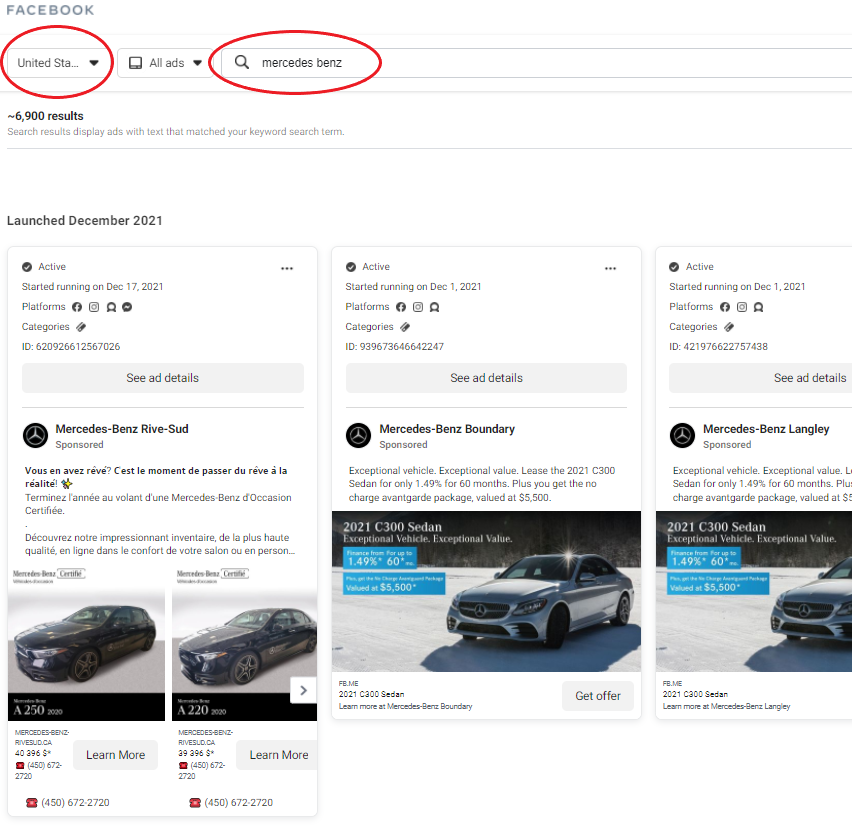We all know that social media is an essential ingredient in any effective marketing strategy. This is especially true for startups. Startups need traction and growth to survive. To achieve that, you need to drive brand awareness, capture mindshare from your target audience and guide them toward action.
Social media is a channel where you can facilitate all of that. In fact, the vast majority of startups use social media to promote their businesses and gather valuable insights. If you own a startup or lead marketing for one, chances are you’re already working on building a social presence.
We could write an entire book about social media marketing strategies and tactics, but today we’ll focus specifically on social media for startups. You’ll learn the foundations for building a winning profile, content tips and holistic, sustainable strategies for scaling your social media presence.
Building a foundation for social media success:
Before you even share your first post, you need to have a few essential things you need to go over. A house with a weak foundation will fall the second things get dicey. In the same light, you can’t build a social media sales machine without mastering the basics. If you already have some sort of social presence that’s fine. You can still put the following tips into practice and shift your efforts accordingly.
Understand who your audience is
This is marketing 101 yet you’d be surprised by how many brands get it wrong. Identifying your target audience is a tedious process meant to narrow down consumers in your niche into detailed personas. “Men in their 40’s” isn’t an audience. Before we get into identifying your target audience, here are some things to keep in mind:
Today’s buyers are:
- Better informed about products and services
- Connected to one another, and can easily find reviews and opinions before buying
- Expecting personalization, and react negatively to “one size fits all” advertising
- Using social media as the #1 source of inspiration
To identify your audience you need to craft personas. Start brainstorming by identifying details like age, gender, education, work, income levels, where they live, interests, their aspirations, and whether or not they have kids.
You can use tools like Facebook’s audience insights to tap into your profile’s existing demographics. This tool can also identify potential audience demographics.
If you don’t have any social following, start with your website. The Google Analytics Audience Demographics and Interests tool can track everything from user age and gender to interests and behaviour.
Then, since we’re talking about social media, think about which platforms they hang out on and who they follow.
Take Brandon, age 40, a software engineer who’s interested in Technology and Consumer Electronics as an example. Brandon probably spends his time browsing #tech on Twitter and follows pages that cover emerging tech trends. He’s also likely to be a part of a few technology-themed subreddits and Facebook Groups.
Now it’s time to test that hypothesis. Have your team join every forum, Facebook group, subreddit and Twitter thread that you can. See how these people interact with each other, what brands (if any) they talk about, what problems they have. Lurk and listen. Interact if you have value to add but don’t promote or try to sell anything. Once you’ve gathered enough data and you really understand your audience and their pain points, you can start creating a comprehensive content plan that focuses on addressing those pain points.
Have crystal clear goals.
You can’t have a plan without goals. The content you create, ads you push and the way you interact with your audience will all depend on your objectives. But remember, metrics like followers or likes aren’t goals.
An example of a goal for social media would be: “use Instagram to drive quality, inbound leads to my website”.
Every business uses social media for a different reason. Some use it as a portfolio where they share case studies or success stories. Others use it as a medium to raise brand awareness or share valuable content. And as such, different companies will have different goals like:
- Raising brand awareness
- Managing brand reputation
- Improving community management and customer service
- Boosting sales
Whatever your goals may be, they need to be measurable, attainable and specific.
Identify and track KPIs
Once you understand your goals, you can start identifying which metrics you should be tracking that are commensurate with said goals. Taking the previous goal of lead generation as an example, let’s work out which KPIs are the most important.:
- Engagement rate. Engagement rate is an essential metric no matter what your goal is. It measures the efficacy of your content and whether or not it resonates with your target audience. Most platforms see a low engagement rate as a sign that your page is low quality, meaning the algorithm will push your content even farther back.
- Website traffic. Using the “Acquisition” tab in Google Analytics you can determine which channels are guiding visitors to your website.
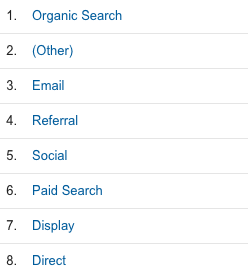
- Once you determine how many visitors are coming from social media, reference your overall traffic numbers and see how well your social profiles are performing. Next, check your bounce rate. The bounce rate is crucial in determining the quality of your website traffic coming from social media. If most of the visitors leave too quickly, that usually means that the value proposition or overall communication between your social feed and website aren’t aligned. Basically, your audience on social media went to your website expecting one thing and instead got something else. These insights are paramount in troubleshooting issues and gaps in your content or messaging
Now that we have a solid foundation, let’s move on to what makes elements make up a winning profile.
The building blocks of a great social media profile:
Cohesive branding
When people first land on your profile, the first thing they’ll notice is your profile’s theme. The visual cues like coloring and typography and of course the quality of your creative assets and designs. Branding is the baseline for your marketing.
According to Entrepreneur,
“Simply put, your brand is your promise to your customer. It tells them what they can expect from your products and services, and it differentiates your offering from that of your competitors. Your brand is derived from who you are, who you want to be and who people perceive you to be.”
Take Ogilvy’s Instagram feed as an example. You can instantly get a feel for what they’re all about. The typography and colors are unified throughout their posts. The use of geometrical shapes adds a splash of uniqueness that strengthens their branding. And of course, everything is high quality.
To create a visually appealing social media feed, start creating content that’s in line with your brand guidelines. Next, collect all of that content and arrange your next several posts in a way that visually fits together. You and your team can use tools like Kontentino’s Content Calendar to create, approve and schedule several posts ahead of time. From there, it’s all about consistency. Utilizing Canva, you can save templates to reference any time you create graphics.
An efficient bio
A social media biography is basically an elevator pitch for anyone who lands on your profile. You should be able to communicate your value proposition as effectively as possible.
Here’s our own Instagram bio:
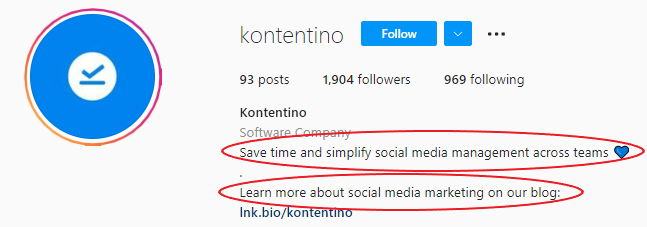
As you can see, we clearly communicate who we are and what we do. We also guide visitors toward an action: visiting our website.
Here’s our LinkedIn Overview section:
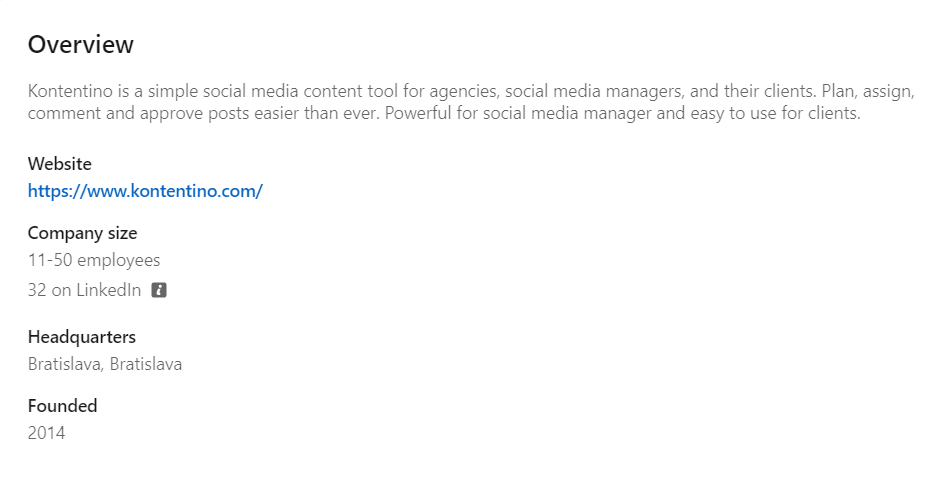
For LinkedIn, succinctness is especially important due to the character limits. The character limit for a company page Overview section is 100 words.
Here’s an example of a marketing coach who uses his Instagram bio to drive followers to take action:
He uses lines and emojis to break his bio into sections and utilizes powerful copy to establish himself as a thought leader in his industry.
Let’s move on to three techniques every startup needs to implement if they want to rocket their social media presence to new heights.
4 social media hacks every startup should know about
Networking and collaboration
Social media is, well, social. The whole point is to make connections and build relationships. The problem many startups face is that they only see social media as an avenue to promote their product.
They look for secret strategies and growth hacks that either don’t exist, or aren’t sustainable. If you want to truly build a brand on social media, you have to build relationships. Sure, it can be time-consuming and may not seem scalable, but at the end of the day your investment will pay off.
So how do you network and collaborate effectively on social media? First off, think of why you want to collaborate in the first place. Exposure? Content? Audience insights? Create a roadmap and set some goals.
Next, do some research. Find the thought leaders in your niche and study them. Consume their content, read the replies, analyze the conversation.
Leave a comment every once in a while if you have something to contribute. Reply to their stories with your take on whatever subject they’re covering. When you’re ready to slide into the DM’s, remember these key elements:
- Be human. Brands are everywhere. Ads are everywhere. No one wants another self-promoter in their messages. If you and whoever you’re messaging have interacted somewhere before (say in a comment thread), use that context to build rapport.
- Prove value. You’ve probably heard this before, but it’s a point that needs reiterating. You can’t expect value without giving it. Value can come in the form of a free product, content, exposure, etc. Be sure to personalize your offer to whoever you’re reaching out to.
Competitor research
Researching your competitors lets you gain valuable insights about the market you’re trying to gain traction in. You probably already have a list of your closest direct and indirect competitors. Check out all of their social platforms and gauge which ones they’re most active on. Chances are there’s a reason why they choose a specific platform; because their (and subsequently your) audience is most active there.
Next, gather some key metrics to evaluate:
- Number of Followers
- Most Popular Post
- Worst Performing Post
- Tonality
- Post Frequency
Use the Facebook Ads Library to spy on your competitors’ ads.
The Ads Library will tell you when these ads started running and which platforms the ads are placed in. If you want to do more granular research, Facebook offers an API where you can perform a customized keyword search of ads stored in the Ad Library.
Twitter also offers a research tool called the Ads Transparency Center and LinkedIn has a competitor research tool integrated into its interface.
Staying ahead of trends
Social media platforms adjust their algorithms and update their key products all the time. This year was especially big for Facebook, as we explore in this article. Some of these updates are smaller, but some have serious implications for businesses. Take Facebook’s battle with iOS. Facebook had to implement changes to their ads platform that plunged many businesses into darkness when it came to reporting, targeting and tracking.
LinkedIn also implemented features that help individuals share content better, promote their brands more effectively and build their personal brands.
So you’re not left in the dark, make sure you stay tuned to different blogs (like our very own totally awesome blog) to stay ahead of these changes.
Managing your team
Succeeding on social media means managing a lot of moving pieces, one of which is your team. When your graphic designers, copywriters and managers aren’t on the same page, delays turn into mistakes, which turn into headaches and all of that lost time which can affect your bottom line.
That issue is why Kontentino was born. Kontentino saves you precious time and simplifies social media management across your teams.
From planning and approving content and ads, to scheduling posts and creating robust reports, Kontentino has got you and your team covered.
Final thoughts on social media for startups
Social media isn’t easy. If you’re a startup founder or work for a startup, we hope this article brought some important things to light and helped you make informed decisions about your strategy.

